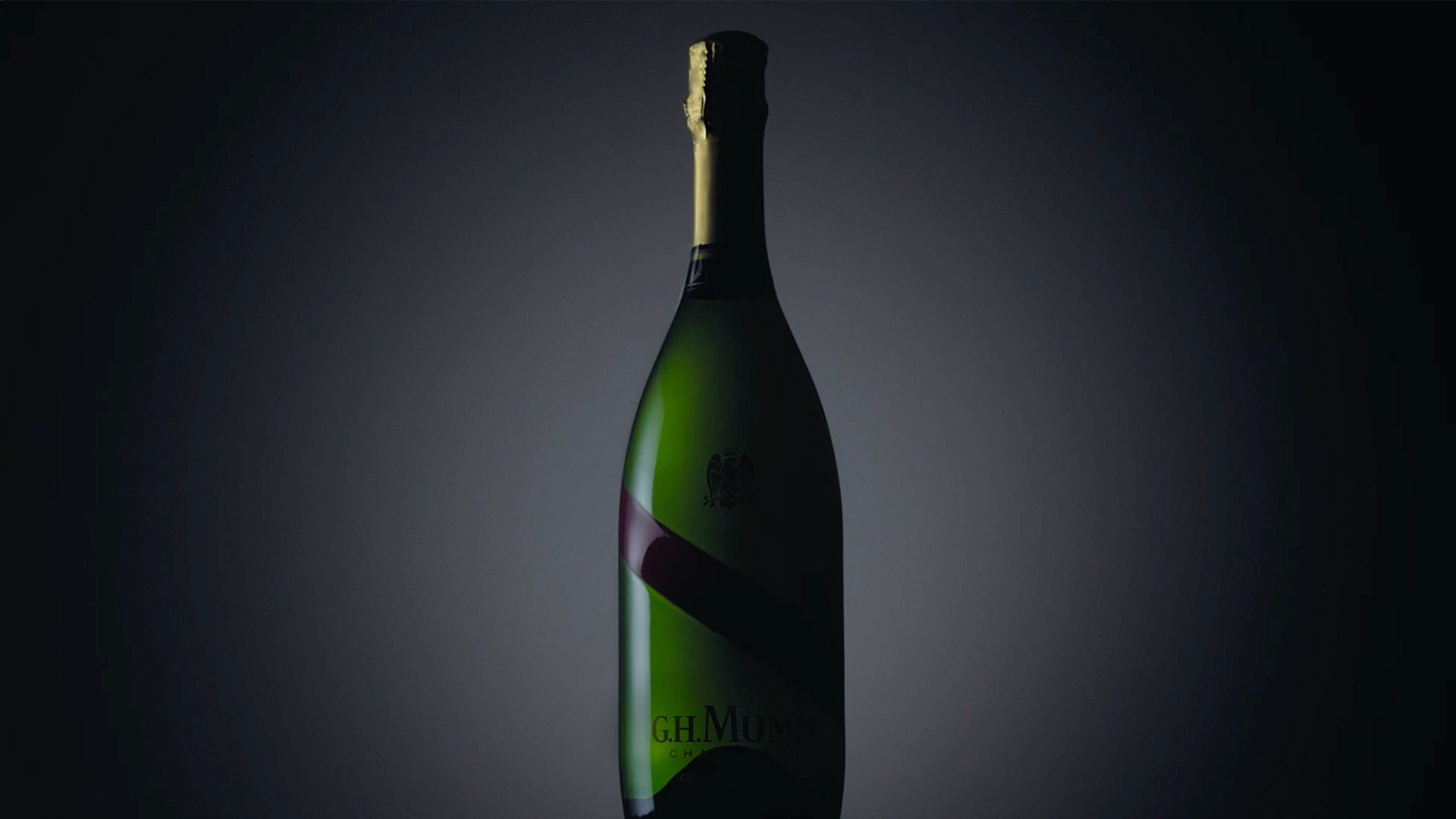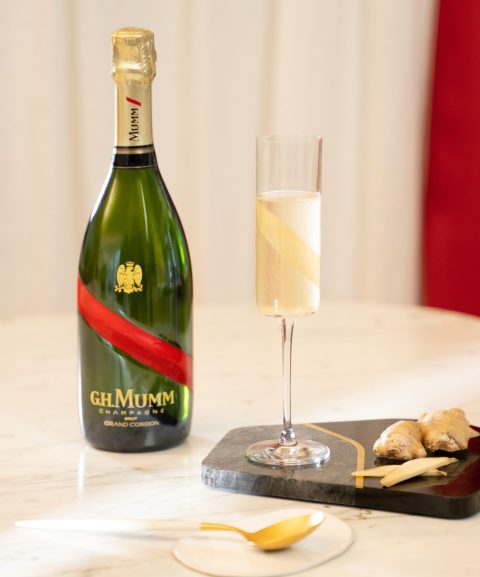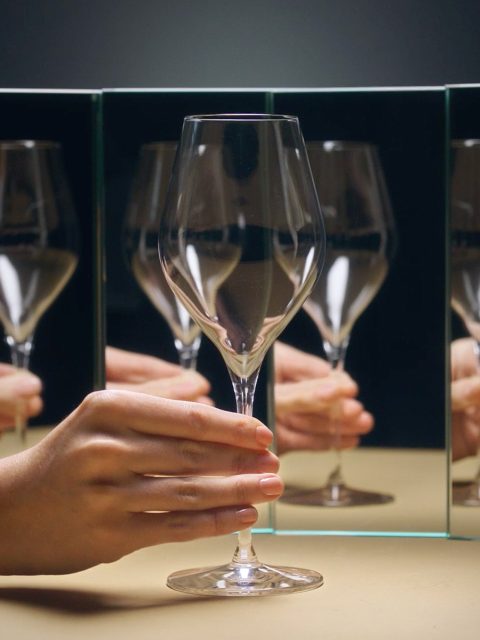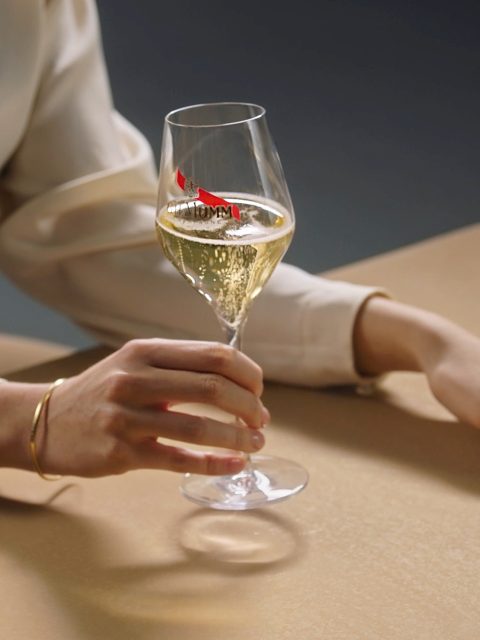How to keep your Champagne in pristine condition
Mumm’s cellar master do not let their precious bottles out of their sight until they are ready to deliver pure drinking pleasure. That is not to say that they have peaked: stored in the right conditions, vintage champagnes will continue to gain in complexity and aromatic power as they age. Read on for a few expert tips on how to keep your Mumm champagnes in tip-top condition.

Protect your bottles from sunlight
The first rule of champagne storage is to keep things nice and dark. Direct sunlight can have a devastating impact on fine wines, leading to a phenomenon known as “light strike” characterized by the development of sulphur compounds which can seriously impair both colour and flavour.
It might not always be practical to store Mumm champagnes in total darkness, but you can still protect them from the sun’s rays by wrapping the bottles in dark silk paper. Just remember: the darker the better.
Lay your bottle down the rest
By far the best way to store champagne is to lay the bottles on their side. This ensures that the cork remains in contact with the wine at all times, keeping the stopper moist and slowing down the process of oxygenation.
When a bottle of champagne is left standing for a long period of time, the cork may dry out and begin to crack. Fortunately, the high-pressure conditions inside the bottle offera degree of protection against this problem.


The importance of temperature control
Another essential factor in successful champagne storage is the temperature of your wine cellar. Wines tend to evolve more rapidly in higher temperatures, and the risk is that they will age prematurely. The recommended temperature for keeping champagne in peak condition is 10°C.
It is only natural for the temperature in your cellar to fluctuate slightly over the course of the year, but sudden variations in temperature are the number one enemy of champagne lovers: a sharp shift in the mercury can wreak havoc on your cherished bottles.
This goes some way to explaining why larger formats such as magnums and methuselahs tend to age better. Big bottles take longer to warm up or cool down when the temperature changes, protecting the champagne from thermal shocks.
Make sure the humidity is just so
If your cellar is too damp, there is a risk that mould will begin to form on your bottles, and particularly around the corks. If the cellar is too dry, on the other hand, the corks may begin to dry out.
Ideally, the relative humidity in your cellar should be in the 60%-70% range.


Oxidation in champagne
Oxidation is a chemical reaction which occurs when the alcohol in wine interacts with the oxygen in the air.
Mumm has come up with an ingenious solution to minimize this problem, using bottles with necks that are longer and narrower than the traditional champagne model. This helps to reduce the volume of air in the bottle, ensuring that the wine continues its aromatic evolution without any unwelcome oxidation.
This air-to-wine ratio is another reason why larger bottles such as magnums or methuselahs are recommended for anybody wishing to store fine champagnes over many years.
Storing Champagne: a few simple tips
Mumm Champagnes have the potential to mature and develop for many years, but only when stored correctly. Fortunately, keeping vintage champagne in perfect condition is easy. Just remember the golden rules:
- Keep your champagnes away from direct sunlight
- Lay the bottles down
- Keep the temperature stable, as close as possible to 10°C
- Relative humidity should be between 60% and 70%
- For long-term cellaring, choose a magnum or other large format



